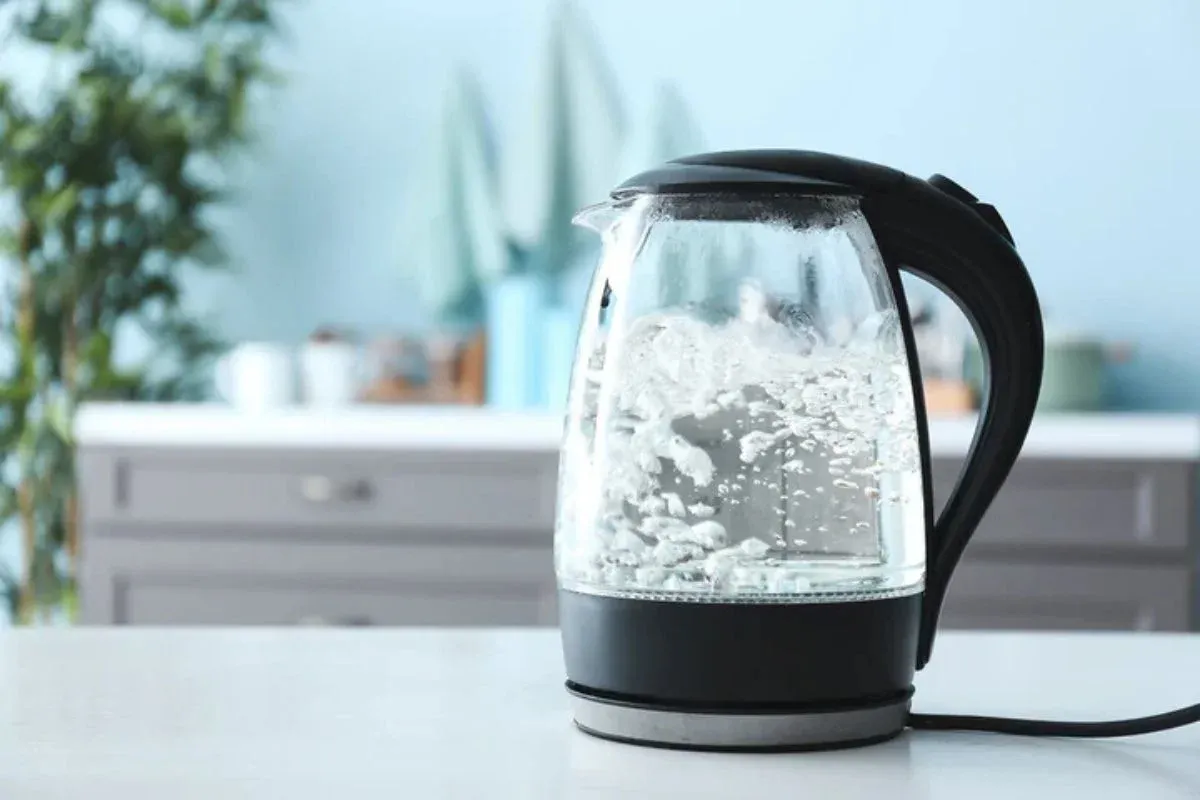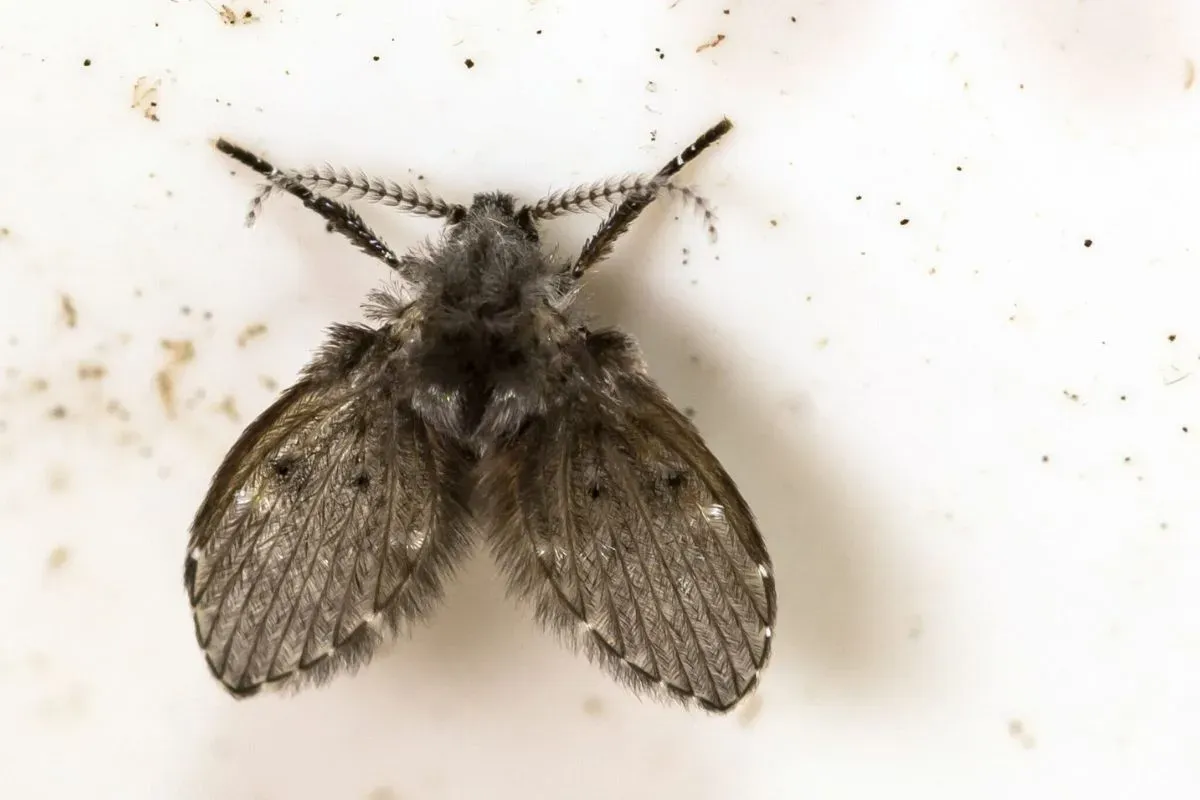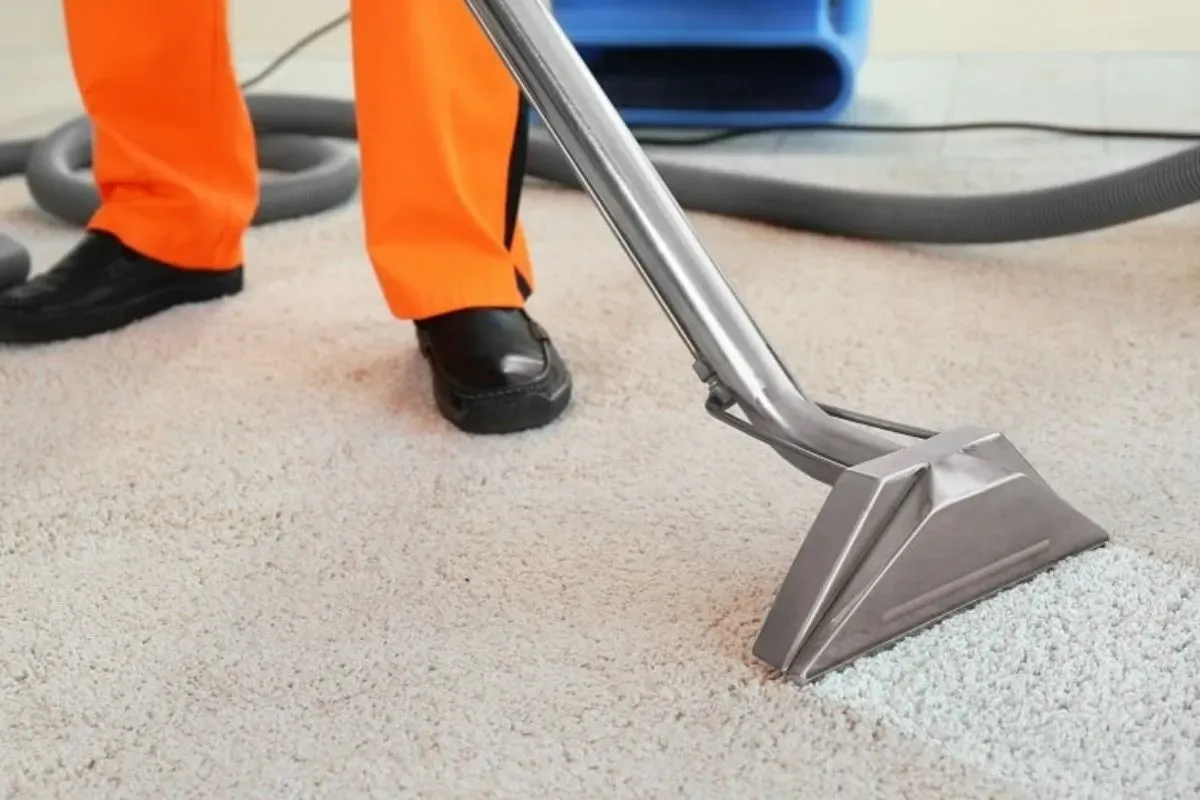Advertisement
Natural Ways to Remove Maggots
Updated: Nov 11, 2024
Advertisement
Maggots—those tiny, wriggling worms—might interest some people, but let's be honest: most of us find them pretty gross. These little creatures are actually the larval stage of a fly's life cycle. When flies lay eggs, maggots hatch just a day later. Since a female fly can lay up to 2,000 eggs in her short 30-day life, it's no surprise that maggots seem to appear everywhere. Because these "babies" need to eat constantly for about four or five days, they’re always found near rich food sources. But don't worry; there are plenty of ways to get rid of maggots and flies from places you might not expect.
Proper Cleanup
First things first: maggots don't just show up out of nowhere. To eliminate them, you need to tackle the source. Flies are attracted to almost anything—leftover food, pet waste, and garbage. So, don't leave food sitting out. This includes using a trash can without a lid in your kitchen. Wrap up food before throwing it away and take out the garbage regularly. You can also use insecticide spray inside your trash cans to keep flies away. Besides cleaning pet food dishes, make sure to pick up pet droppings in your yard because flies love that stuff.
Advertisement
Boiling Water
A quick and effective method to kill maggots is to pour boiling water over them, but you need to be smart about it. On trash day, have some boiling water ready and pour it into your trash can after it's been emptied. The maggots will die instantly, but you'll need to clean them out afterward. To keep your bin clean, line it with heavy-duty trash bags that resist leaks and tears. If smaller bags leak, they'll do so inside the heavy-duty bag, keeping your bin clean on collection day.
Advertisement
Diatomaceous Earth
Another natural method is using diatomaceous earth, or D.E. This is a powder made from the fossilized remains of tiny, hard-shelled organisms called diatoms. D.E. has many uses, including as a pesticide, and in food-grade form, it's safe to consume. It's abrasive, so it can damage the exoskeleton of many pests. With maggots, it works differently: when you sprinkle it over them, it dehydrates them. Use it outside the home, like in your garbage bin or compost pile.
Advertisement
Maggots in the Drain
Believe it or not, maggots can infest your drains, especially in the kitchen, thanks to drain and fruit flies. Food particles build up, and flies find their way into the drain to eat and lay eggs. Even though hot water runs through your pipes, it doesn't affect the maggots. The best solution is to use a long-handled brush to break up any trapped debris, along with a commercial drain cleaner as part of your regular cleaning routine. This will help keep your drains clean and free of maggots.
Advertisement
Steam the Carpets
Spilled food and drinks can soak into your carpet, creating a perfect breeding ground for flies to lay eggs. If it gets really bad, you might have to replace your carpet. But if it's not that severe, a good steam cleaning can help. It might take a few passes, but once the maggots are hit with steam, they die. Afterward, you can easily vacuum up the dead insects. Just be sure to empty the vacuum immediately to prevent the infestation from starting again.
Advertisement
Camphor for Flies
While getting rid of maggots is important, stopping flies from coming around is key to preventing them. Luckily, there are natural ways to keep flies and other pests away. Camphor is a waxy substance with a strong smell, derived from the camphor laurel tree. It's been used in perfumes, embalming, and as an insect repellent. Camphor has been found to be effective against red fire ants and naturally repels roaches, mosquitoes, and flies. Placing camphor around your home can help keep flies at bay.
Advertisement
Venus Flytraps
The Venus flytrap is one of the few carnivorous plants out there, designed to naturally get rid of insects. The plant releases a nectar that attracts flies. When they land on the leaves, tiny hairs trigger the leaves to snap shut, trapping the fly. You can find these plants at hardware stores and big retailers from mid-spring to mid-autumn. Adding a Venus flytrap to your home or garden can help reduce the number of flies, lowering the chances of maggot infestations.
Advertisement
Pyrethrum
If you love pets and plants, this might be the best solution for you. Chrysanthemums and other flowers in the daisy family contain a substance called pyrethrum. It naturally repels many insects, including fleas, ticks, and flies. Pyrethrum affects the nervous systems of insects but is safe to use around animals. Planting these flowers in your garden can help keep flies away and make your yard look beautiful.
Advertisement
Catnip
Besides being a favorite for cats, catnip—or catmint oil—has been used for years to ward off insects. Its active ingredient, nepetalactone, is more effective than some chemical solutions used to protect against mosquitoes that carry diseases like dengue and Zika. Studies have also shown that this natural pesticide repels cockroaches and flies. Planting catnip around your home can serve as a natural fly deterrent, and your feline friends will love it too!
Advertisement
Homemade Flypaper
Making your own flypaper is as easy as pie. Cut a paper bag into six-inch strips, punch a hole at the top, and tie a piece of string for hanging. Mix a quarter cup of corn syrup, a quarter cup of sugar, and two tablespoons of water in a bowl. Dip the strips into the sticky mixture, coating both sides, and hang them up to set for about four to twelve hours. Hang them wherever you need, and make more when necessary. This homemade solution is a budget-friendly way to reduce the fly population around your home.
Advertisement
Scroll downfor the Next Article
.png)




